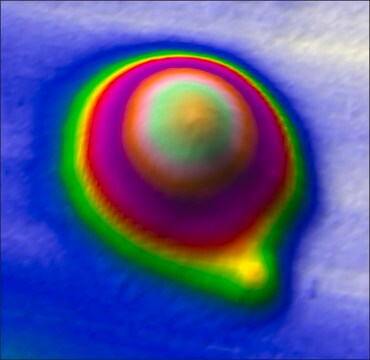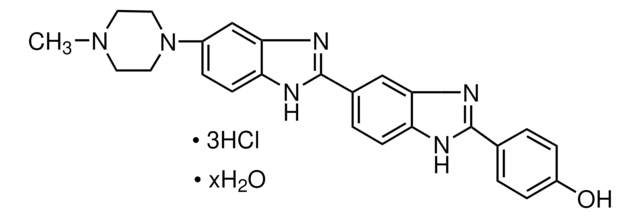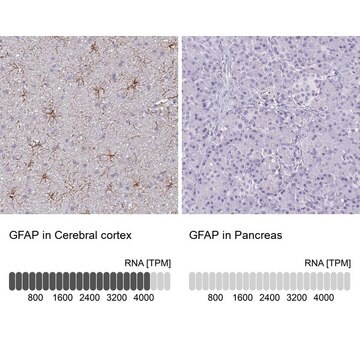D8417
4′,6-Diamidino-2-phenylindole dihydrochloride
powder, BioReagent, suitable for cell culture, ≥98% (HPLC and TLC), suitable for fluorescence
Synonym(s):
2-(4-Amidinophenyl)-6-indolecarbamidine dihydrochloride, DAPI dihydrochloride
About This Item
Recommended Products
product line
BioReagent
Quality Level
Assay
≥98% (HPLC and TLC)
form
powder
technique(s)
cell culture | mammalian: suitable
solubility
H2O: 20 mg/mL
PBS: insoluble
ε (extinction coefficient)
30 at 263 nm in H2O
fluorescence
λex 340 nm; λem 488 nm (nur DAPI)
λex 364 nm; λem 454 nm (DAPI-DNA-Komplex)
suitability
suitable for fluorescence
storage temp.
2-8°C
Looking for similar products? Visit Product Comparison Guide
1 of 4
This Item | I9140 | 56834 | I5506 |
|---|---|---|---|
| form buffered aqueous solution | form buffered aqueous solution | form fibers | form essentially salt-free, lyophilized powder |
| shipped in dry ice | shipped in dry ice | shipped in - | shipped in - |
| storage temp. −20°C | storage temp. −20°C | storage temp. 2-8°C | storage temp. 2-8°C |
| grade technical grade | grade technical grade | grade - | grade reagent grade |
| assay ≥80% (SDS-PAGE) | assay ≥80% (SDS-PAGE) | assay ≥95% (GE) | assay ≥95% (SDS-PAGE) |
General description
Application
Biochem/physiol Actions
Caution
Signal Word
Warning
Hazard Statements
Precautionary Statements
Hazard Classifications
Skin Irrit. 2 - Skin Sens. 1A - STOT SE 3
Target Organs
Respiratory system
Storage Class Code
11 - Combustible Solids
WGK
WGK 3
Flash Point(F)
Not applicable
Flash Point(C)
Not applicable
Personal Protective Equipment
Certificates of Analysis (COA)
Search for Certificates of Analysis (COA) by entering the products Lot/Batch Number. Lot and Batch Numbers can be found on a product’s label following the words ‘Lot’ or ‘Batch’.
Need A Sample COA?
This is a sample Certificate of Analysis (COA) and may not represent a recently manufactured lot of this specific product.
Already Own This Product?
Find documentation for the products that you have recently purchased in the Document Library.
Customers Also Viewed
Articles
Detect mycoplasma contamination in cell cultures three ways: culture test, DNA stain test, or mycoplasma PCR test. Mycoplasma elimination kits rid cultures of contamination.
Detect mycoplasma contamination in cell cultures three ways: culture test, DNA stain test, or mycoplasma PCR test. Mycoplasma elimination kits rid cultures of contamination.
Our team of scientists has experience in all areas of research including Life Science, Material Science, Chemical Synthesis, Chromatography, Analytical and many others.
Contact Technical Service









